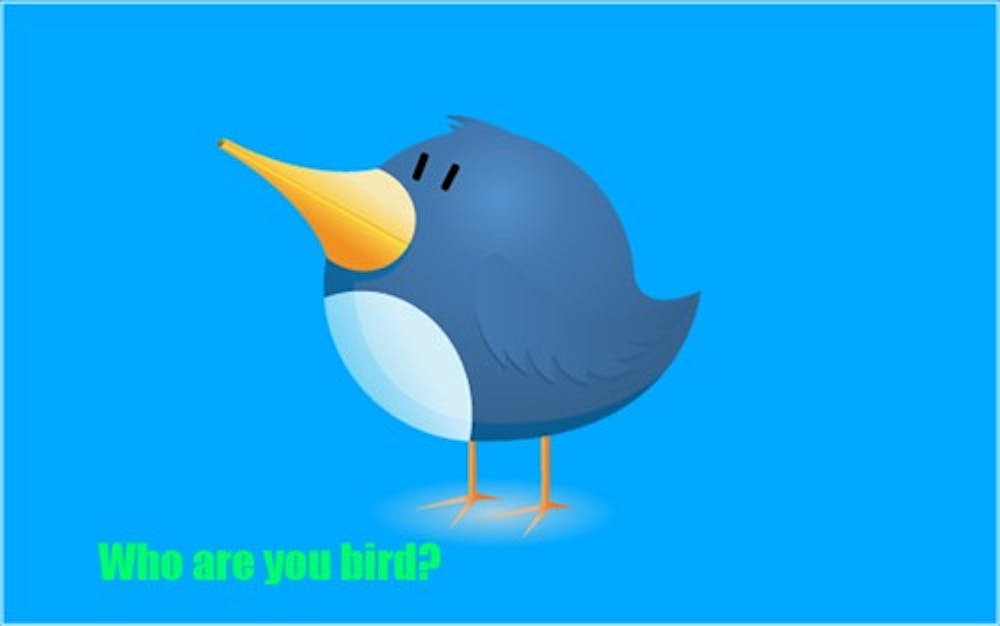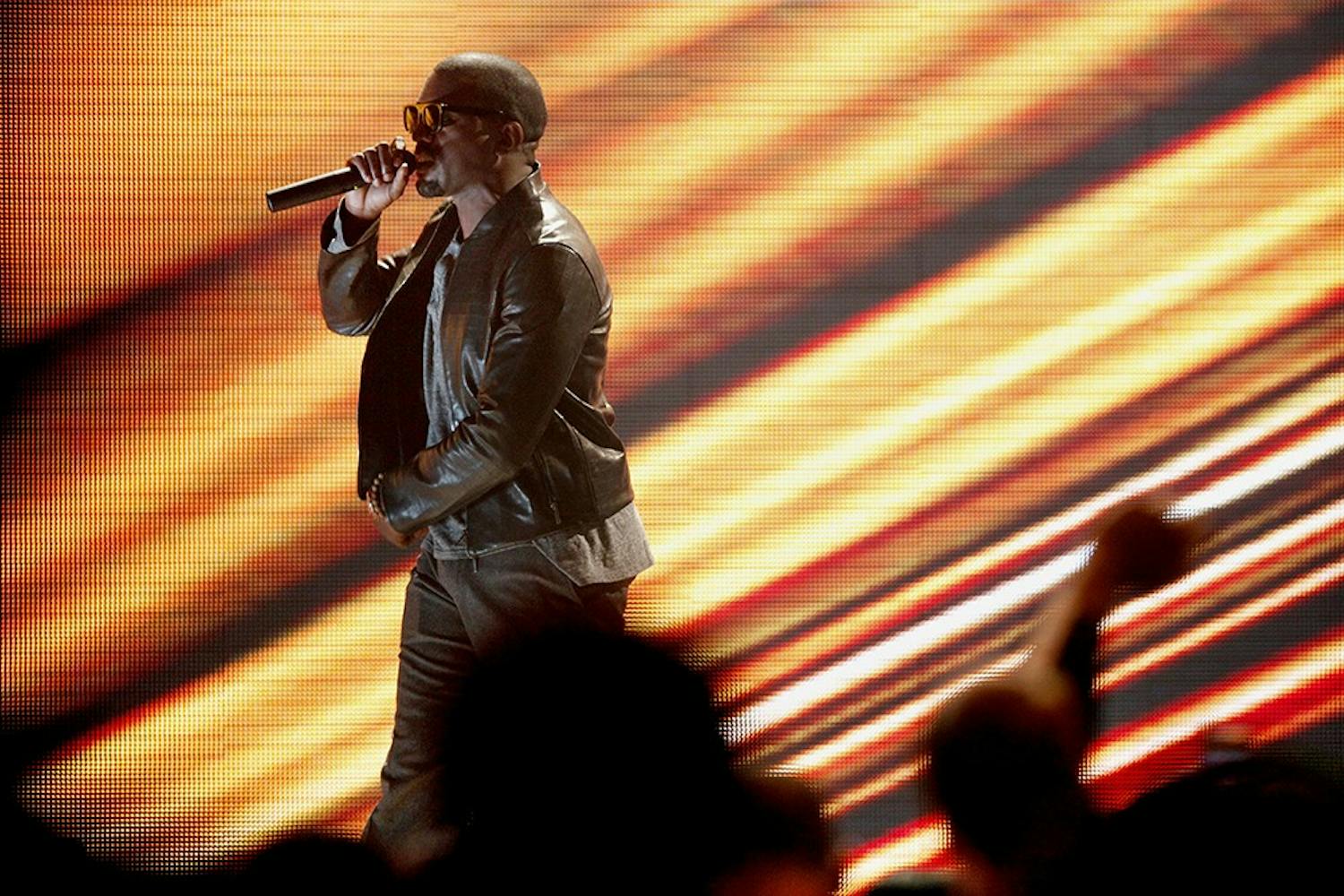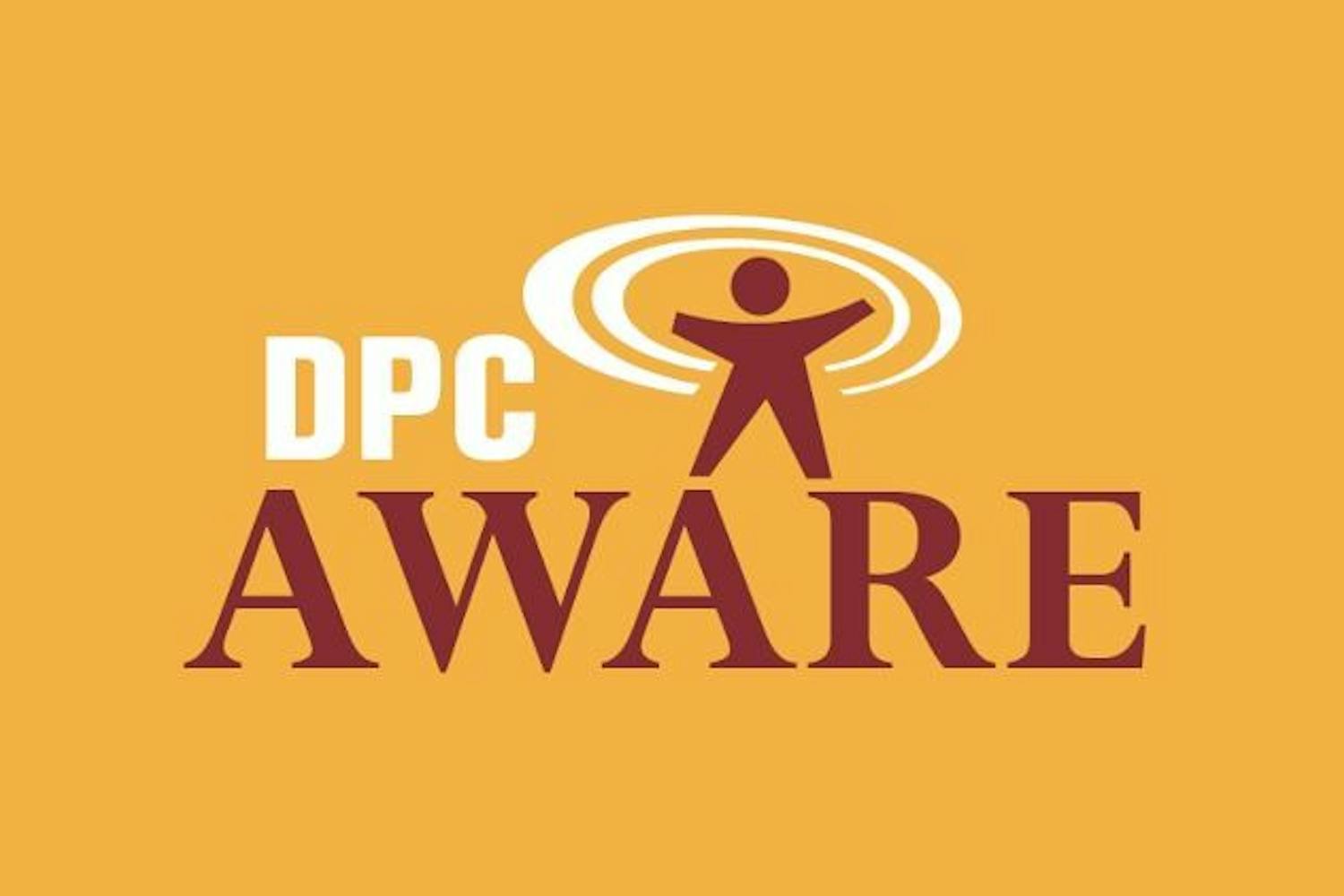Before I jump into the semantics of why someone would Tweet, let's set up some ground rules.
Twitter is a microblogging Web site, or a site that allows people to post bite sized pieces of text when compared to a normal blog.
Twitter only has two formal rules:
—You Tweet (not Twitter) messages that must be 140 characters or less
—You need a Twitter name to post. (Accounts look like this: twitter.com/barackobama)
The founders of Twitter, Jack Dorsey, Evan Williams, and Biz Stone, wanted to create a really simple status updating system that could be updated through text messages. Beyond that, the service is generally left open for user interpretation. The site has gone from updating friends about that delicious hoagie, to report on current events instantaneously (Michael Jackson's Death), allow civil right protestors the ability to communicate quickly and safely (Iranian Elections), make a game out of going places (Foursquare), allow people to play games with information (Backchatter) and whatever else users can come up with.
Twitter Jargon:
Follower/Following – To follow someone on Twitter is to add their tweets into your timeline. Basically you can see their updates.
Timeline – Like a Facebook timeline, a constant stream of updates and links tweeted by the people you are following.
@ Replies – By putting an @ symbol before a screenname in a Tweet, you will be sending a public message directed at a certain person. For instance if I wanted to send a public message to Ashton Kutcher it would look like this: @aplusk how have you been man? I'm eating this awesome sandwich!
Direct Messages – If you wanted to send a private message to someone all you need to do is place a "D" at the front of your Tweet followed by a space and then the username of someone you are trying to message. For example: D aplusk Ashton why don't you ever get back to me? This message would be private between myself and Ashton Kutcher. You can also view and send messages from the "Direct Message" link on the right.
Hashtag (#) – An organizational tag applied within a Tweet. My sandwich is awesome because of the pickles. Thus: This sandwich is delicious chaps, the #pickles are exquisite and crisp. These tags allow people to categorize their Tweets, and make them easier to be searched.
Lists – By putting someone into a Twitter list, you can place them into a specific group of Twitter accounts for quick access, as well as receive their updates without actually following that account. Other Twitter accounts can follow public lists, allowing people to vote on what the best list would be. Here is a guide to Twitter lists from http://mashable.com
Trending Topics – The most popular Tweets in a local area, country or world can be found by looking at the sidebar to the right of your timeline. Frequent topics: inside jokes, the death of celebrities and people pledging their love to celebrities.
Twitter Client – A piece of software that allows you manipulate Twitter searches, update multiple Twitter accounts, or whatever other functionality the Twitter API (Application Programming Interface) allows programmers to have. Popular Twitter clients include TweetDeck, Seeismic and many many others
So the question still remains, “Why would you Tweet?”
Twitter is what you make of it. If you find and are active in a community using Twitter then that's where it's real fun and usefulness come in. In 2009, 60 percent of Twitter users quit within the first month (Source), while 21 percent of users have never posted a Tweet (Source). Twitter users leaving and quitting can be attributed to a multitude of reasons from lack of understanding, to not seeing the value in the site, or, what I view most is important, not having a community to interact with. So if you are going to try out Twitter, try to find multiple places where you can connect and meet users.
Twitter, like Facebook and other social networks, allows people to form communities and share information with one another. Unlike Facebook, Twitter can be boiled down to text and hyperlinks which can then be brute-forced into sharing pictures, local trends, and all other types of content. Twitter at it's core is still just 140 characters, but through a community of dedicated users, new functionality was created.
Twitter is now used to provide user commentary for ESPN and CNN, while trending topics and Tweets are referred to in news stories. The world is shifting toward real time data, as demonstrated by Google and Bing, which catalog Tweets in searches. So give Twitter a chance and see how you can add interaction to the discourse that's happening right now.
—Colin McGann,
Follow me at Twitter.com/beardedmick
Picture attributed to Matt Hamm under a Creative Creative Commons Attribution License 2.0
Further Reading:
Twitter in Plain English – Video
Mashable: The Social Media Guide on Twitter – Guidebook





